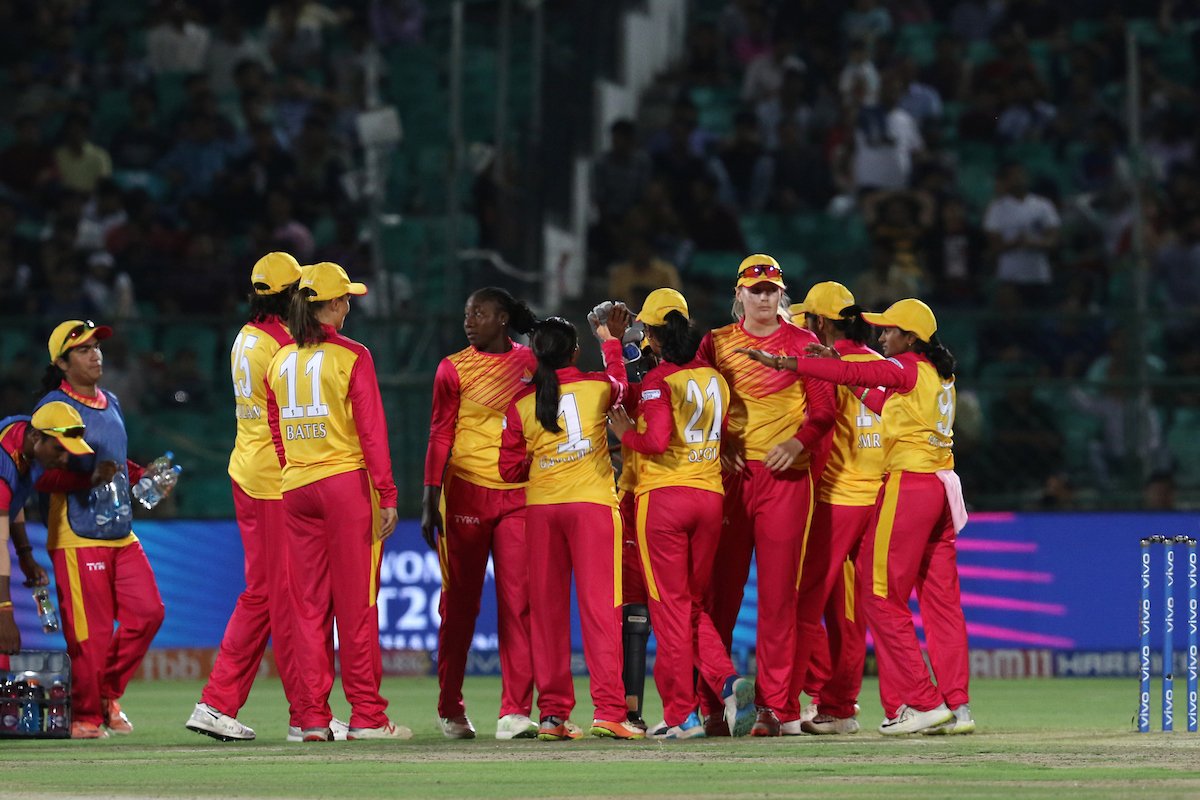Full-fledged Women’s IPL needs to wait for its own good
The hush-push about Women’s IPL has grown in multitudes in the last days, somedays going out of leap and bounds, with India team’s near-perfect T20 World Cup tournament. But, does that and that only warrant an eight-member or a six-member IPLesque tournament?

Often, every action has an equal and opposite reaction, or such does Newton’s third law of motion states. And, indeed in a cricket-loving country like India, every minute action has an audaciously large reaction if not opposite. In this case, when India reached the final of the Women’s T20 World Cup, the stakes and the support grew multi-fold. Sometimes, it also felt like it had the capability of surpassing the support shown towards the men’s cricket team, minus all the undue criticisms. And, when Indian women lost the finals, it drew an unwanted parallel with the 2003 Cricket World Cup.
The saga where India despite being meticulous lost their way and the ray of hope against the Australian team. In both occasions, Australia were naturally more adept to the big stage, with the capability of winning on the grandest of stages. And when all of this was happening in front of an 85,000+ crowd at the MCG, a chunk of the Indian fans fastened their seat-belts for the women’s equivalent of the Indian Premier League.
Largely, the success of IPL has to bow down to two factors - the largely available pool of talent and the emergence of the format globally. It banked on both of them and thus, it garnered the fame of an overnight success. But, in reality, it was not an overnight success, it was months and if not years of hard work put in by Lalit Modi and co in shaping the league. If IPL was an overnight success, it would and could not have lasted long without the help of the planning that went behind it.
So when all the hush-push about starting the Women’s IPL grew in degrees, it led to people shouting out for ‘equality,’ where it was undue. To put things into context, three teams that have dominated Women’s cricket since it started in 1973 are Australia, England and New Zealand. And, if we are indeed focusing on just T20 cricket, it all started in 2009 with England being the host. All three giants in women’s cricket do have their own T20 domestic tournaments but it is pertinent to see when they all began their dose of domestic tournaments.
Like many other things in women’s cricket, Australia were the trendsetters, with the Women’s Big Bash League starting in 2015-16. Just to add a shade to the image, the men’s tournament started in 2011-12, nearly after four years of T20 World Cup in place. Now to put things into perspective, the Women’s Cricket Super League began in 2016, with 2019 being its last edition before ‘The Hundred,’ came into play. But, more importantly, it has taken these two gigantic cricketing nations with history on their favour for so many years before starting their own T20 leagues. On the other hand, New Zealand's very own 'Super Smash,' did not start until 2017-18, which tells you all that you have to know about the establishments.
And, it does not boil down to just the monetary factor - but more importantly, the factor that we Indians easily forget about - setting up a talent pool. The bigger question here is, does the Indian team have the depth to go head to head against some of the top teams in the world? The answer is no, as we witnessed in the World Cup, we do not possess the talent pool required to go toe-to-toe with some of the major domestic leagues. Moreso, leagues like WBBL have a larger-than-life picture attached to it, purely because of its cricketing novelty. For the Women’s IPL to gain traction, it must have the cricketing novelty already on its top-level as the tournament is not the first of its kind.
Also, it is true that the talent pool available for women’s cricket around the globe is a minuscule number compared to men’s cricket. But, it is purely because the sport and the league are still emerging, with the Harmanpreets and Mandhanas setting the benchmark. More importantly, the Indian women’s team have been playing their part in the various T20 leagues across the globe. To add to it, they have been largely successful during their stay, be it in Australia or England. But, more crucially, something that would let the Indian board down is there is only a handful who would be readily picked in the global leagues. That is indeed a major concern ahead of the well-ahead-of-time proposed WIPL.
Only when the pool of talent is streamlined, it allows the BCCI the opportunity to go ahead with the tournament. Think about this, you start a business with say 20 apples and you are under the assumption that it will run well and don’t have stock in hand. What happens? Well if the 20 apples aren’t sold then you have to figure a way out and if they are sold you have to figure a way to continue as well.
There lies the issue and it is not just me who is asking for them to wait a while before they can go boom. And, moreso, the head coach of the women’s team, WV Raman admitted that full-fledged IPL for women is a long stretch. It is not coming from a common man’s mouth but rather a man who has seen IPL’s progress closely during his time in the league with Kolkata Knight Riders. For a man, who believes in systematic progress be it in terms of planning the team or trying to build it around youngsters, his opinion is highly valued and at this time, should be too, given that the Indian team reached the final in high-flying fashion under his tutelage.
"My view is that as of now, we are not yet ready for a full-fledged IPL. What is a full-fledged IPL? If we're talking of an eight-team IPL, I don't think we are ready yet. Taking it nice and easy, a gradual thing, will be the best course of action. Yes, from two teams to three, and from three teams to four (in the Women's T20 Challenge) is happening,” he told Cricbuzz.
Now, having a full-fledged tournament is not the most concerning one, the one that the board has to look more closely is to increase the quantum of matches that they play under the current system. Having four teams play for a month, which then allows the talent to showcase what they have to offer to the national team. Moreover, it then allows a streamlined pool of talent coming through, unlike the current one which is lacking the international order. Well, it is not necessary that it would take three years to set up Women’s IPL, it might take one and a half, it might even take four but as long as it is in a proper-state, it allows for the development of Indian cricket.
“Instead of them playing once against each other, you can increase the quantum of matches, they can play each other twice. With the U-23 and 'A' tours happening for the girls as well, you will have a lot more talent coming through, which means in about three years' time, we should be ready for a proper IPL kind of tournament," Raman added.
Another major aspect to keep a note of - what is the purpose of the tournament? Is it going to be seen as a commercially viable place to pull the profit-pad or is it going to be seen as a launchpad full of talent? In either of the two cases, the tournament must wait and it does not take too much time to understand that 1+1 does not equal four. That is how much ahead of time we are with the battle of starting a Women’s IPL.
Before that, we need to understand that if the league does start right now, do we have it in the country to keep the talent-pool ready to be on the launchpad? So, for all those reasons, the league has to wait and watch. Meanwhile, the players will have to participate in leagues across the world because that is what is going to set the WIPL apart from the others when it comes to life. And, in India, we must stop this attitude of trying to launch everything ahead of time, that really defeats the purpose.

Comments
Sign up or log in to your account to leave comments and reactions
0 Comments